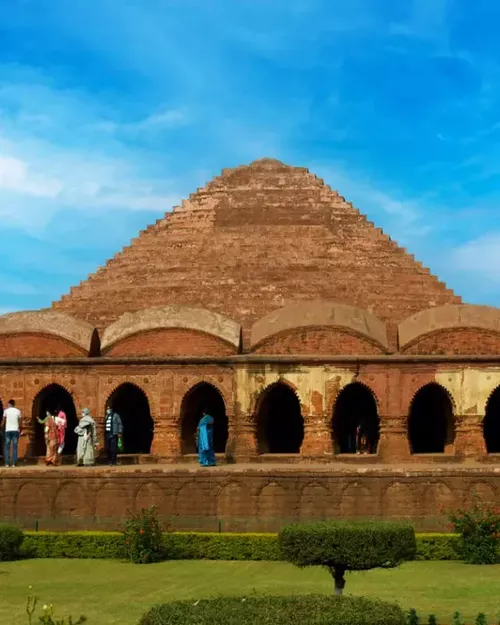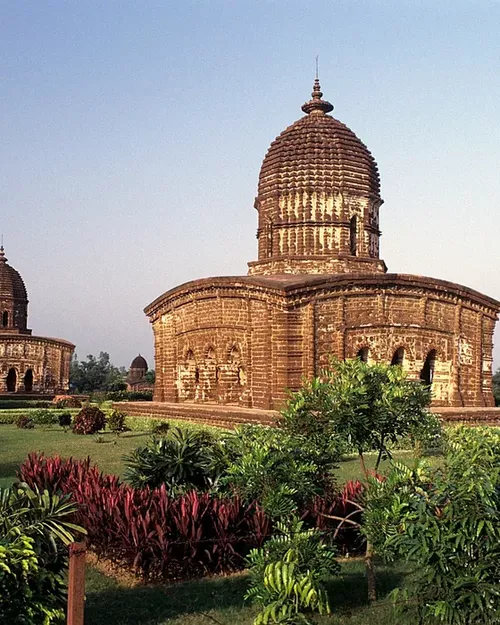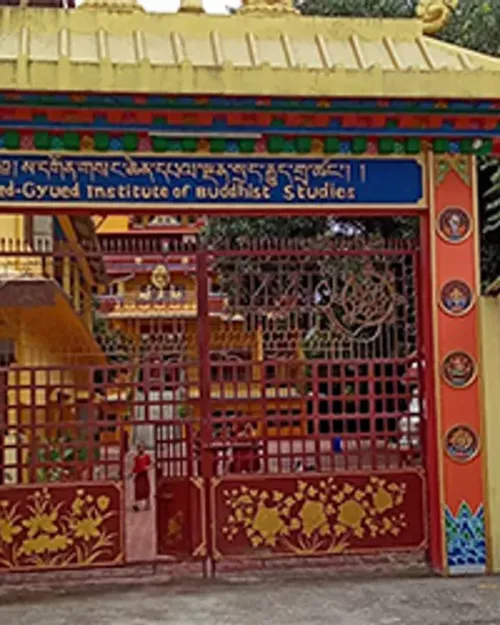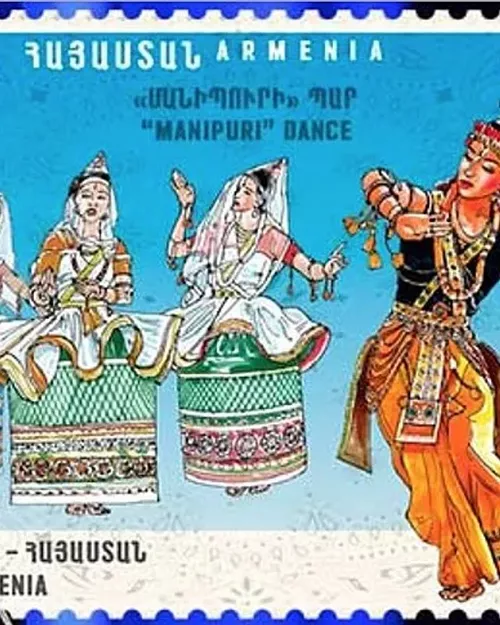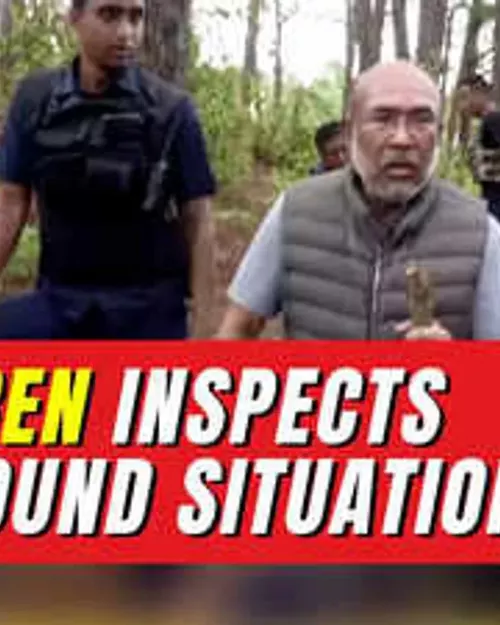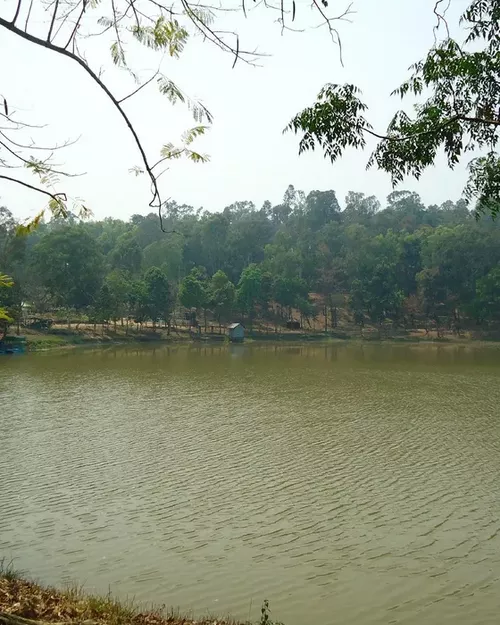Bishnupur is popular for
Bishnupur in next 3 month
Weather in Bishnupur
December in Bishnupur is cool and misty with moderate air quality, making it a pleasant time to visit.
Usual trip duration
2-3 days
A 2-3 day trip to Bishnupur allows you to explore the town's famous terracotta temples, visit the ancient ruins, and experience the local culture and cuisine. It's a perfect short getaway to immerse yourself in history and art.
💰
Affordable destination with low cost of living



